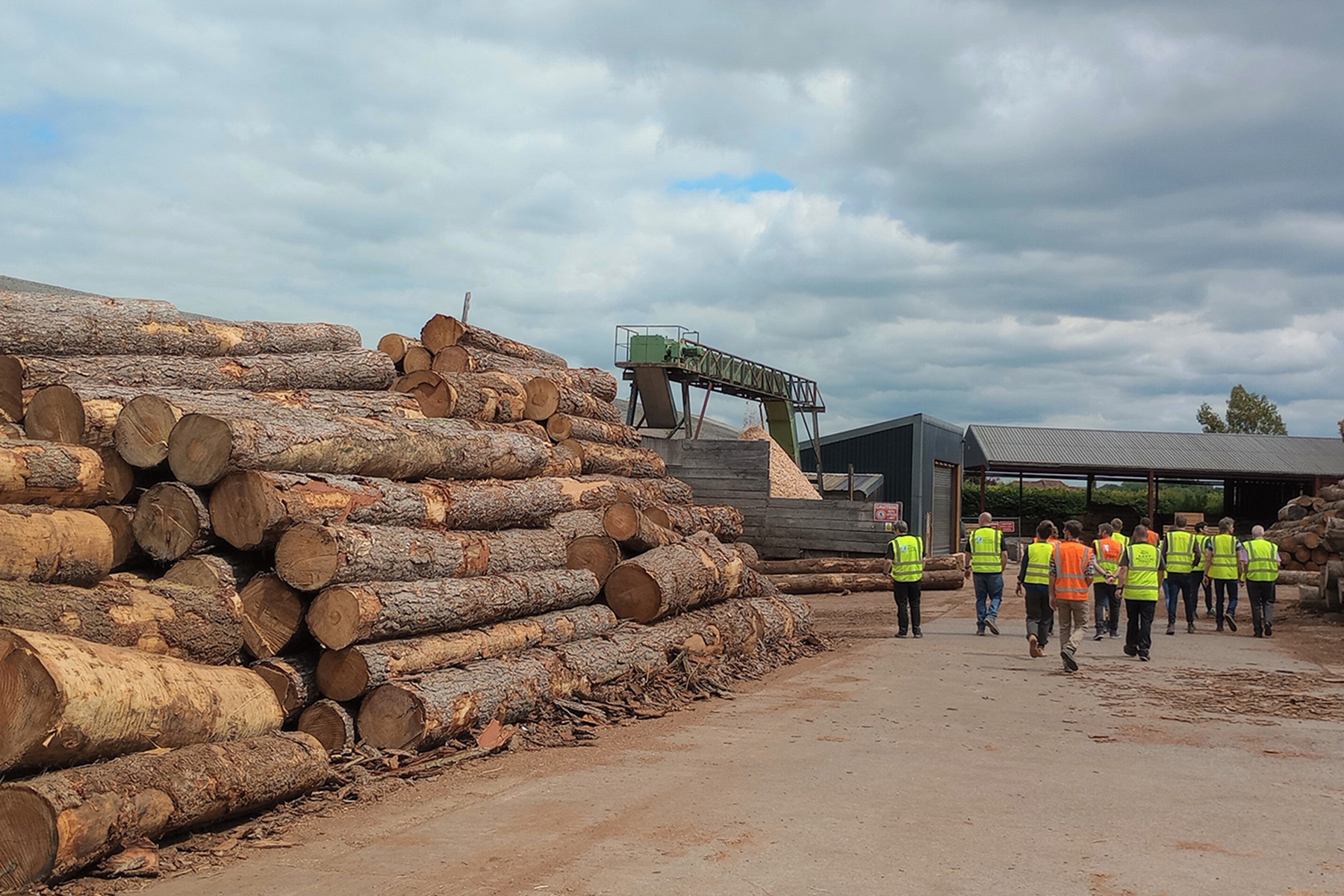

The critical role of timber and the challenges it faces in our journey towards net zero
15 July 2022
Timber has a critical role to play in capturing and storing carbon as we go for net zero. The timber industry is vital, but it is also facing huge challenges. And as a key part of its market, is there more those of us in construction could do?
It was great for some of the team at Integral Engineering Design to have a day out to visit East Brother’s timber sawmill and a nearby forestry site last week. How can we start working with the supply chain to ensure that local, UK timber is used efficiently and that sustainable practices thrive? Some of the challenges, questions, and lessons Toby took away from the day are:
– Pests and diseases are wiping out whole species of trees in the UK. Phytophthora ramorum and Dutch elm disease mean that larch and elm are some the worst affected. Across large areas of the UK, larch and elm have effectively been wiped out. In a globalised world how do we protect trees from their own “pandemics”?
– Growing and harvesting timber relies on demand and market trends. But it takes 80 years to grow a tree. Currently, it’s not possible for a forester to plant trees knowing the market demand they need to meet in 80 years time. We need a plan.
– Is the timber we grow the right timber for reducing carbon? And importantly, is the market asking for the right stuff? Planting schemes encourage the planting of trees but many broadleaf trees such as beech end up as firewood, releasing carbon back into the atmosphere. Douglas Fir grows well in the UK – it grows quickly – it can be used in construction, capturing carbon.
– In the UK, long timber beams and large timber sections are available. Timber sawmills, which are the right size and flexible enough to supply them, do exist.
The visit was very informative and has provided us with further knowledge to input into our discussions on how we use timber in our designs. Thanks to The Green Register for organising the trip!




